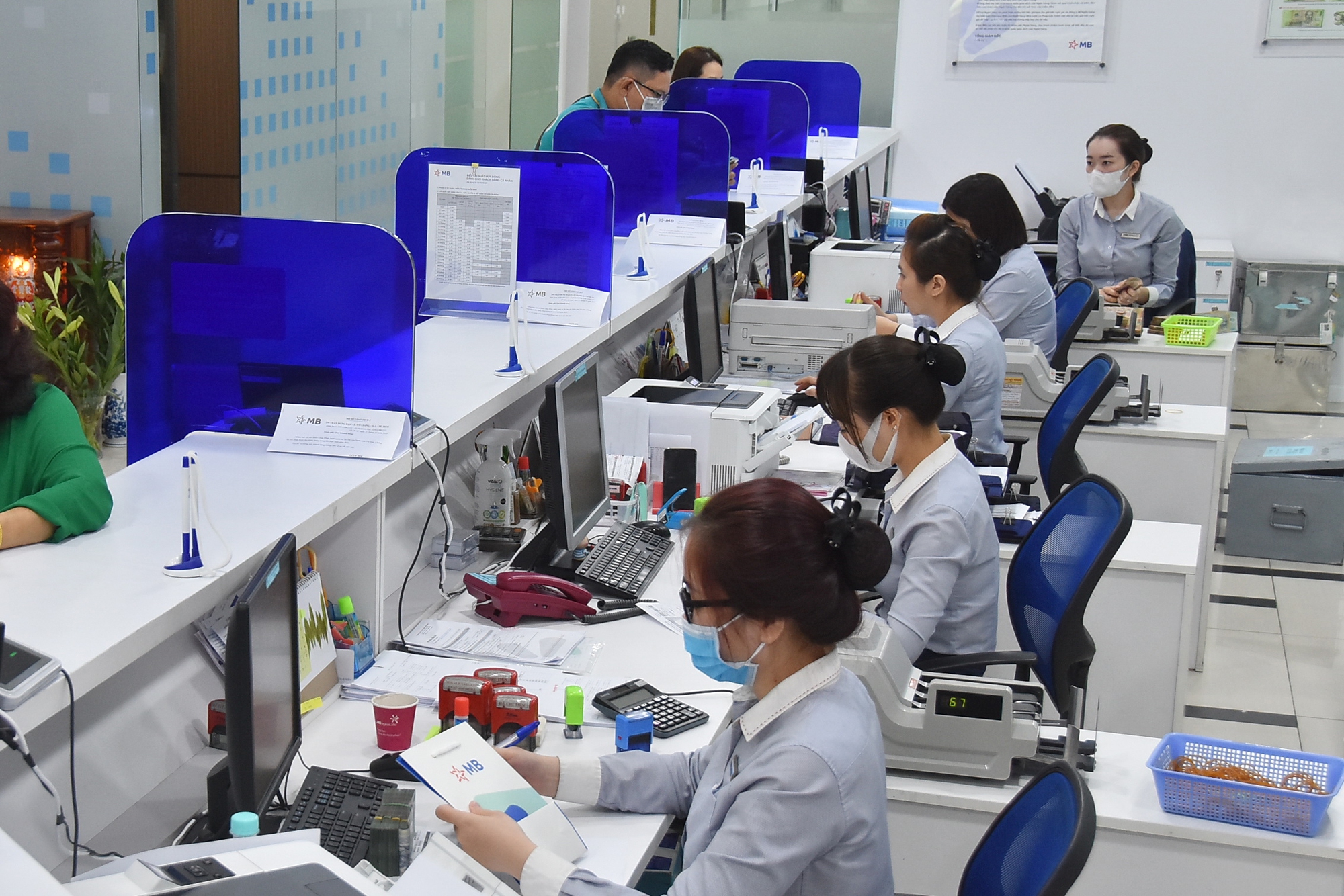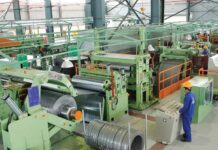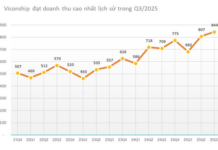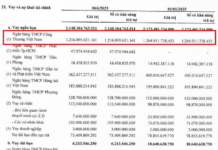From after the Tet holiday 2024 until now, some commercial banks suddenly adjusted to increase deposit interest rates for both short and long terms. This development is considered quite unusual in the context where many other banks continue to reduce interest rates and credit growth decreased by 0.6% in the first month of the year.
Increasing some terms
In the recent published interest rate chart, Sacombank increased interest rates by 0.2-0.4 percentage points for some terms. Accordingly, the deposit interest rate below 6 months at this bank increased to 3.7% per year; customers with a 12-month term will enjoy an interest rate of 4.8% per year, and the highest interest rate is 6% per year if customers deposit for 36 months at the counter. If depositing online, the highest interest rate increased to 6.2% per year.
Some other commercial banks such as Techcombank, ACB… also adjusted to increase interest rates for some short terms by 0.1-0.2 percentage points. Currently, Techcombank’s highest deposit interest rate at the counter is 4.5% per year for individuals depositing from 12 months or more. Meanwhile, the highest interest rate at ACB is 4.6% per year.
The move to increase deposit interest rates at some banks is noteworthy in the context where many other commercial banks continue to lower their deposit interest rates. The leader of a bank explained that the interest rate increase is only for some terms because the interest rate for these terms is lower than the general level, so it is adjusted to increase. The general deposit interest rate is still at a low level and the trend is stable.
Not only the deposit interest rate at some banks, but also in the interbank market, the average overnight term interest rate in the session on February 21 increased to 4.14% from 2.15% in the previous session. Interbank overnight interest rates have nearly doubled and reached the highest level since the end of May 2023. However, some opinions believe that the increase in interbank interest rates is only temporary and has a local nature, in the context where banking system liquidity is still abundant and credit growth is slow in the early months of the year.
The latest update from the State Bank of Vietnam (SBV) as of February 22, interbank interest rates have cooled down as the overnight term decreased to 3.85% per year, the one-week term decreased to 3.79% per year.

No impact on the market
Mr. Dinh Quang Hinh, Head of Macro and Market Strategy Division at VNDIRECT Securities Company, believes that the increase in interbank interest rates is only temporary due to “a local liquidity shortage at one bank” and does not represent the entire system. In the market, some banks continue to lower their deposit interest rates, while credit growth in January for the entire system decreased. With the current low credit demand, the pressure on deposit interest and lending rates will not be significant. Similarly, the recent increase in interbank interest rates is also temporary and will soon ease.
Mr. Huynh Minh Tuan, CEO of FIDT Investment Company, analyzed that credit growth will increase in the near future when banks focus on pushing capital into the economy. Therefore, some banks adjusting to increase deposit interest rates to increase mobilized capital to prepare for upcoming loan demand is understandable. “The increase of 0.1-0.3 percentage points is not much to impact the interest rate level. Not to mention, the group of state-owned commercial banks still maintains a very low lending interest rate, which will create competition pressure for other banks. The lending interest rate is also difficult to be affected by the recent increase in deposit interest rate,” said Mr. Huynh Minh Tuan.
The latest statistics from the State Bank of Vietnam show that by the end of January 2024, the deposit and lending interest rate level continued to decrease. The average deposit and lending interest rates for new transactions of commercial banks were 3.38% per year and 6.84% per year, respectively, down by about 0.15 percentage points and 0.25 percentage points compared to the end of 2023. Regarding depositors, although the input interest rate is decreasing, many people said they still choose to deposit savings in the context where other investment channels are not vibrant or have many risks.
Deputy Permanent Governor of the State Bank of Vietnam, Dao Minh Tu affirmed that until now, the operating interest rates have still been kept to create conditions for credit institutions to access low-cost capital from the State Bank in order to support the economy. Interest rates will be managed in line with market trends, macroeconomic conditions, inflation, and monetary policy objectives. The State Bank always encourages credit institutions to reduce costs, simplify credit granting procedures, and strive to reduce lending interest rates to support the economy.
Maintaining low interest rates to promote credit growth
To promote credit growth, Mr. Nguyen Thanh Tung, CEO of Vietcombank, believes that the prerequisite is a stable monetary policy, with low lending interest rates to reassure businesses and individuals in their operations. Vietcombank itself also commits to continue reducing operating costs, well control credit quality, and strive to maintain lending interest rates lower than the general level in the market, especially for priority sectors.




































